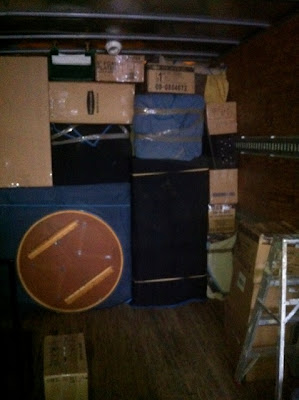
Last week I shared some tips about what to look for when putting your items into storage. This week I want to share some ways to “prepare” your items for storage. Again, some of these come from the Canadian Association of Movers which can be found at www.mover.net.
•Wrap sofas and large upholstered items in protective material. Place sofas on sofa racks to keep them safe.
•Wrap finished furniture to protect it from scratches and marks.
•Moth proof and wrap rugs and place them on racks when storing.
•Wrap anything fragile like mirrors, pictures and smaller delicate items.
•Leave fridge and freezer doors open (or have them serviced) to prevent mold and mildew from growing in them.
•Consider purchasing depository insurance or for if you are really concerned: full protection to value. This will cost you a regular monthly fee, but may be worth the peace of mind, depending on the items.
•Do not store dangerous or perishable goods.
By: Andrew Brown and Sharon Osvald
For more info on how we can help make your move a smooth move, visit www.movingagain.ca


